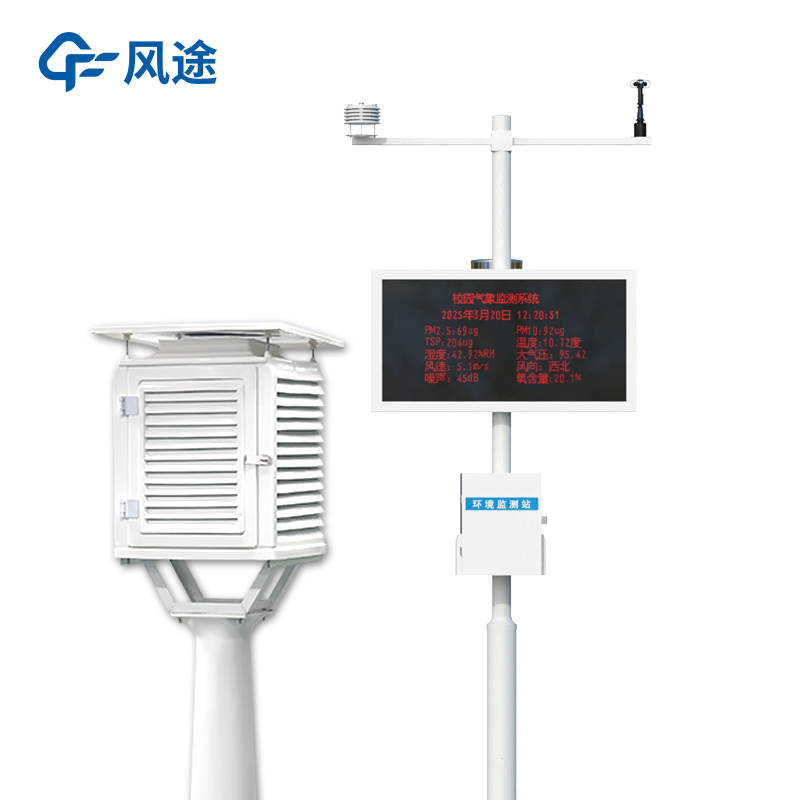Meteorological environment monitoring equipment supplier
Insist on doing high-precision customer favorite technology products
Meteorological science is a discipline with a long history in human civilization. Since the advent of humanity, the exploration and research into it have never ceased. Ancient ancestors inferred weather changes by observing celestial phenomena and phenology, while modern society relies on advanced technologies to accurately monitor meteorological data. Throughout history, meteorological science has always played a crucial role in humanity's efforts to adapt to and utilize nature. Today, with social development and changes in lifestyles, meteorology is increasingly intertwined with people's daily lives. Agricultural production schedules planting based on precipitation and temperature; people refer to wind force and UV intensity to choose clothing for outings; enterprises also adjust production plans according to early warnings for heavy rains or extreme heat. Weather forecasts have become an important basis for guiding people's work and life, and public attention to weather changes continues to rise.
In the campus context, meteorological science popularization education holds irreplaceable value. Primary and secondary school students are in a critical stage of knowledge accumulation and cognitive development. Enabling them to systematically master basic meteorological knowledge—such as thunderstorms, heavy rains, and extreme heat—helps them intuitively understand the severe disasters these special weather conditions can bring to human society. For example, thunder and lightning may cause fires, heavy rains can lead to urban waterlogging and geological disasters, and extreme heat endangers human health. Additionally, it guides students to view natural phenomena from a scientific perspective: fostering both awe for nature and the ability to take correct self-protection measures when facing meteorological disasters, thereby effectively enhancing their awareness of self-protection.
In recent years, with the in-depth advancement of quality-oriented education, primary and secondary school education is no longer limited to the imparting of traditional subject knowledge, but places greater emphasis on improving students' comprehensive literacy. As a result, the dissemination of meteorological popular science knowledge on campus has received increased attention, and related work—such as curriculum design and activity organization—has been gradually promoted, creating platforms for students to engage with meteorological science. From the macro perspective of human survival and development, popularizing campus meteorological science education enriches students' knowledge systems, cultivates their scientific thinking and environmental awareness, and holds great and far-reaching significance for enhancing students' comprehensive literacy and promoting their all-round development.
The Popular Science Weather Station is the core carrier of campus meteorological science popularization education, equipped with comprehensive and professional monitoring functions. It can simultaneously conduct real-time monitoring of various meteorological elements and environmental indicators, including meteorological parameters such as wind speed, wind direction, temperature, humidity, atmospheric pressure, rainfall, and UV radiation, as well as air quality indicators such as PM1, PM2.5, and PM10. These monitoring data are not confined to the background; instead, they are displayed in real time through dedicated popular science information terminals, allowing students to intuitively observe changes in various data on campus. Based on this, schools regularly update various types of meteorological popular science knowledge—such as the formation principles of meteorological phenomena, response methods for meteorological disasters, and daily meteorological observation tips. Through this "data + knowledge" display model, the weather station provides students with a direct way to engage closely with meteorological monitoring and deeply learn meteorological knowledge. It transforms abstract meteorological science into something tangible and perceivable, effectively stimulating students' interest in meteorological science and promoting the practical implementation of campus meteorological science popularization education.
